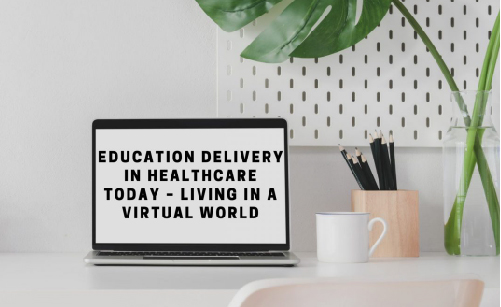Education delivery in healthcare today – living in a virtual world
We have all been challenged in delivering services in social and healthcare throughout the Covid-19 pandemic in the UK. The intense pressures on staffing and resources have also taken their toll on the provision of education.Revalidation is the process that all nurses, midwives and nursing associates in the UK need to follow to maintain their registration with the NMC5. It is an NMC requirement to meet the participatory learning requirement. You must undertake an activity that involves interaction with one or more other professionals. Given the current situation, it is beneficial to know that this can be in a physical environment or a virtual one – being online you do not have to be in the same room as your activity peers.
Education-based on evidence-based practice is integral to the role of the TVN3. Given the growing evidence we have of the impact of wounds on patient’s quality of life and the cost to the NHS1,2 a key focus must be prevention. Assessment and management of pressure ulcers and the lower limb are often the main delivery subjects. They include care of the skin and moisture-associated skin damage (MASD): skin tears, wound healing, formulary and product selection, surgical site infection prevention and dehiscence management.




 Success!
Success!